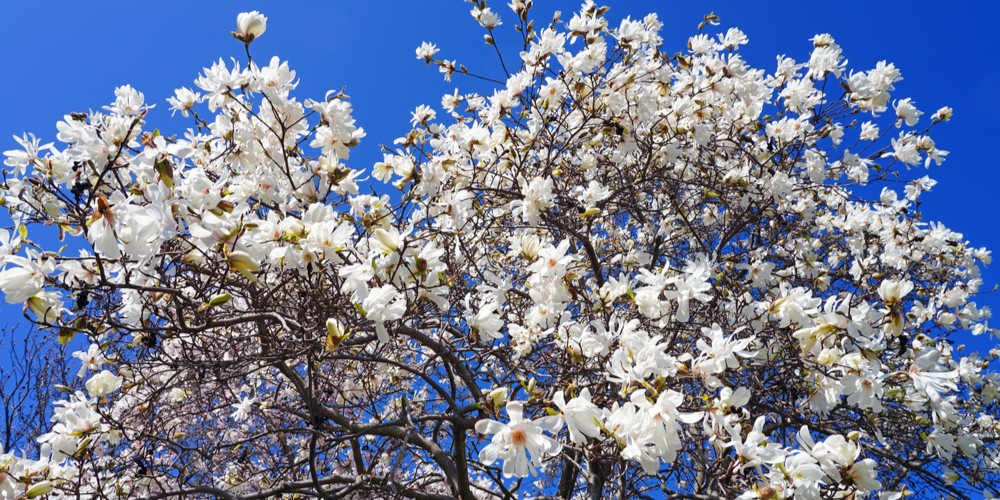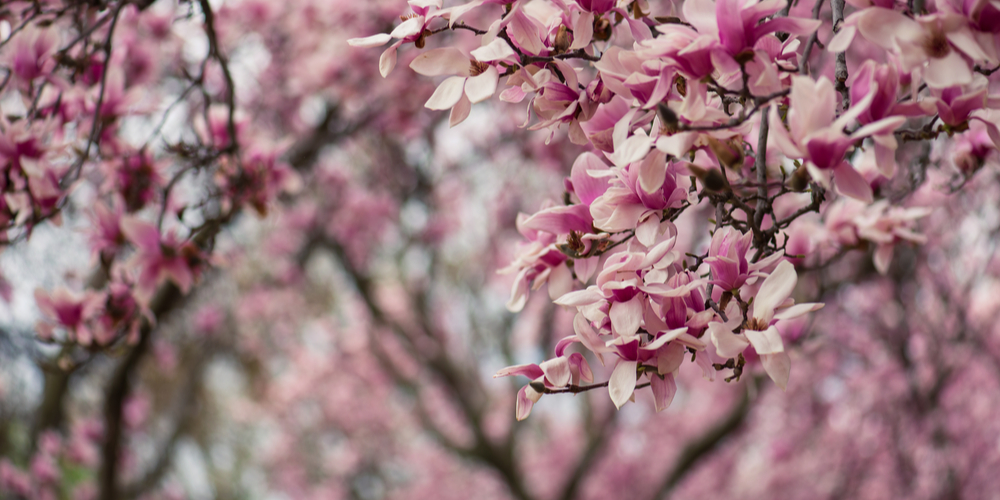Who doesn’t like the way magnolia trees look? With their gorgeous flowers and attractive scents, these plants can add more color and elegant touch to any landscape. And it will make spending time in your garden more pleasant.
Of course, to make the most out of these plants, taking proper care of them is crucial. And while it isn’t anything from the other world, you should put some effort into growing your magnolias to get the results you most likely expect from these stunning plants.
In this “When to fertilize magnolia tree” essential guide, you’ll learn everything you should know about caring for these trees, including our tips to grow them successfully.
When Should You Fertilize Your Magnolia Tree?
Taking care of your trees involves more than watering them regularly. To get the best results, you should give them proper nutrition and recreate the ideal conditions for their growth. Fertilization might help you with that.
But, of course, it isn’t something you can do any day. Also, it might work differently depending on the type of plant you grow.
In general, the best time of the year to fertilize your magnolia is in the late fall when its leaves drop. If you planted an evergreen magnolia, you should fertilize about three or four weeks before the soil drops below 40F.
Doing so will allow your magnolia’s roots to absorb the nutrients in the ground and use them to produce blooms in the early summer (or spring, depending on the variety of magnolia you planted).
Fertilizing your tree in the early spring will boost new growth in the summer. The frequency and the type of fertilizer you should use for your magnolia trees depend on where you live and the conditions of your garden.
You should choose a slow-release product with nitrogen, phosphorous, and potassium to prevent your tree from growing lush without giving you flowers. Don’t forget to carry out a soil test before adding any product to avoid adding too many nutrients which might burn your plants.
If you prefer using organic products, consider improving the nutrient content in the soil by adding a layer of compost around the base of your tree. If you don’t collect compost in your yard, you can buy organic fertilizers online or visit your favorite gardening store.
How Should You Fertilize Your Magnolias
As we mentioned, there are several ways for you to recreate an optimal environment for the growth of your magnolia trees.
In addition to using compost, you can apply horse manure or a layer of bark munch. Doing so will also increase the water retention in the soil (besides improving the nutrient content).
If you live in an area where summers are hot and dry, don’t skip this step! This process helps regulate the temperature in the ground, which comes in handy even if you need to protect your magnolia from low temperatures.
If you prefer purchasing a fertilizer, we recommend selecting a 12-4-8 product. Don’t forget to follow the instructions you find on the label to avoid overdoing it: too much of a good thing might damage your plants!
Keep in mind that organic fertilizer can provide your soil with long-term effects! Look for high-quality products: even if they tend to be more expensive, they won’t damage your yard. Consider them as an investment in your garden for your plants’ wealth.
How to Grow a Magnolia Tree Successfully
Besides fertilization, for a magnolia tree to thrive, you must also give it what it needs to grow.
For instance, the optimal soil should be rich in nutrients and slightly acidic: the ideal pH is between 5.5 and 6.8. Make the necessary amendments to make the environment welcoming to your magnolia tree.
Also, don’t forget to choose a location that gets adequate sunlight and is large enough for your magnolia to grow. Indeed, these trees might grow up to 50 feet tall, depending on the variety.
We recommend selecting species of plants that grow well in your hardiness zone to minimize the effort in recreating the optimal environment for their development.
To keep your magnolia in an attractive shape, consider regularly pruning your tree. Eliminate broken or unhealthy-looking branches to prevent the spread of diseases and boost new growth.
When to Fertilize Magnolia Tree: Final thoughts
Luckily, magnolias rarely suffer from attacks from pests, which makes them a suitable choice for beginner gardeners.
However, they might be prone to fungal diseases. Ensure you don’t overwater your plants to prevent them from becoming more susceptible to the spread of bacteria.
Related Article: Why is My Magnolia Tree Blooming in September?


